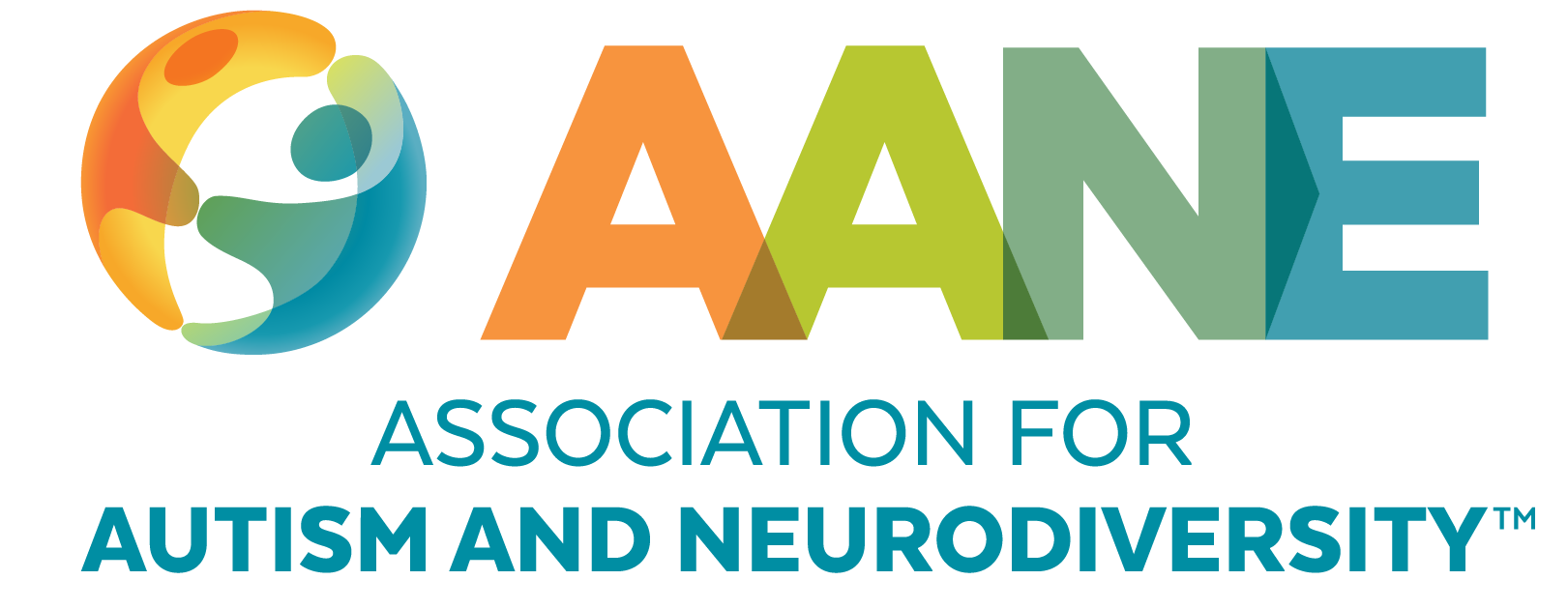About the Author
Gyasi Burks-Abbott, MS, is on the faculty of the LEND (Leadership Education in Neurodevelopmental and related Disabilities) Program at Boston Children’s Hospital and UMass Boston’s Institute for Community Inclusion. He serves on the boards, committees, and commissions of many autism and disability organizations; and he’s written for several autism and disability-related publications. Gyasi graduated from Macalester College in St. Paul, MN with a BA in English and psychology, and he has an M.S. in Library and Information Science from Simmons University in Boston. Gyasi tells the story of how he became an autism self-advocate in his autobiography/memoir titled My Mother’s Apprentice: An Autistic’s Rites of
Passage.

It is in the early days of rollicking {childhood} that the revelation first bursts upon one, all in a day, as it were. I remember well when the shadow swept across me…it dawned upon me with a certain suddenness that I was different from the others; or like, mayhap, in heart and life and longing, but shut out from their world by a vast veil.
W.E.B. Du Bois, The Souls of Black Folk
Growing up, I always knew I was different and not simply because I was one of the few Black kids in a predominately White school district. There were other things that set me apart. Most of my classmates came from two-parent families and lived in large houses. I was being raised by a single mother in a one-bedroom apartment. Then there was that something that just seemed off but couldn’t be defined.
Maybe I had some type of learning disability; after beginning kindergarten in mainstream classes, I’d spend 1st through 3rd grade in special education. But there were also less charitable interpretations of my problems. I was often called slow and lazy, and my quick temper branded me as emotionally disturbed. One teacher even brought my race into it. Across the top of one of my papers, she wrote “A mind is a terrible thing to waste,” which was then the slogan of the United Negro College Fund.
After I was finally diagnosed with Autism at 17, I began to draw parallels between being Black and Autistic. As I explain in my contribution to the Autism in Adulthood Journal Special Issue on Intersectionality, the statements experts made about Autistics being unable to think abstractly struck me as similar to the claims Enlightenment philosophers made about Black people in the 18th century; I saw the Autistic autobiography as serving the same purpose as the slave narrative: proving competence where none had been presumed.
I also resonated with civil rights leader W.E.B. Du Bois’s concept of a double consciousness. Around the turn of the 20th century, Du Bois described the double consciousness as the dual perspective forced upon African Americans as they reconcile their view of themselves with how they’re seen by dominate White society. Like Du Bois, I must engage in a balancing-of-perspectives as a Black person. But I also must do it as a person with Autism.
It’s only in the last few years that I’ve come to understand the intimate connections between the Civil Rights and Disability Rights Movements. As part of the LEND Fellowship at Boston Children’s Hospital, I was taken on a deep dive into disability history and public policy. At one of the weekly lectures, I learned that during the oral arguments in Brown v. Board of Education, one of the attorneys opposing Brown made a direct link between intellectual disability and race. Specifically, John W. Davis of South Carolina warned:
May it please the Court, if the Court should find for the Negro children here, then I am unable to see how the schools of the state could anymore segregate on the basis of sex, or age, or mental deficiency [emphasis added]. (Gilhool, 2011; Harbaugh, 1973)
Ironically, Mr. Davis would turn out to be correct. After the Brown decision declared segregation unconstitutional and affirmed the right to equal access to education, Dr. Gunner Dybwad, the executive director of the National Association of Parents and Friends of Mentally Retarded Children (now the ARC of the US), recognized the case’s relevance to children with disabilities who were often denied entrance into public schools. Subsequently, a number of right-to-education lawsuits were filed and won citing the ruling in Brown as precedent.
Similarly, Section 504 of the Rehabilitation Act of 1973, which paved the way for the Americans with Disabilities Act of 1990, extended to people with disabilities the same protections against discrimination the Civil Rights Act of 1964 granted to African Americans. When the Secretary of Health, Education, and Welfare, Joseph A. Califano Jr., refused to sign the regulations enabling Section 504, a group of disability activists took over the San Francisco Federal Office Building. Even though the federal government had shut off the phone lines and water supply, the protesters managed to occupy the building for three weeks until Secretary Califano relented and signed the regulations. An important factor in sustaining the sit-in was the delivery of food and supplies from the local chapter of the Black Panther Party.
Disability and Civil Rights would again intersect in 1999 with the Supreme Court’s Olmstead v. L.C. decision which has been hailed as the Brown v. Board of Education for the Disability Rights Movement. In Olmstead v. L.C. the Court held that segregating disabled people in institutions when they wanted to and were deemed able to live in the community was unlawful discrimination in violation of the Americans with Disabilities Act. Incidentally, the L.C. in the case was lead plaintiff Lois Curtis who had been institutionalized since childhood and, as a Black woman, stood at the intersection of race, gender, and disability.
Since Olmstead many have been able to move out of institutions and into the community. However, there are still lengthy waiting lists of people found eligible for home and community-based services that states lack the capacity to provide. The problem is rooted in the shortage of Direct Support Professionals (DPS) which, in turn, stems from a lack of government investment in home and community-based services. Disability service providers don’t have enough staff to run their programs, and they don’t have enough funds to attract more staff.
According to a recent report issued by the American Network of Community Options and Resources (ANCOR) and United Cerebral Palsy (UCP), the majority of Direct Support Professionals are women and people of color from low-income households who rely on some form of public assistance. As UCP President and CEO Armando Contreras notes:
Medicaid reimbursement rates are primarily to blame for today’s DSP workforce crisis. It’s said that if you want to know why the caregiving workforce is so poorly paid and unappreciated, we only need remember that we’ve always underpaid women and people of color.
Indeed, a major issue facing the disability community today is complicated by the confluence race, gender, and class.
Intersectionality is the rule not the exception. The “Self” in my own identity as a Self-Advocate is a 3-dimensional character developed through interactions with other 3-dimensional characters. We each bring a unique portfolio to the table—not just of vital statistics such as race, gender, and physical descriptions but also likes, dislikes, hopes, dreams, and aspirations. Whatever our divergent paths in life, there are bound to be points of intersection where we can foster empathy and build coalitions.
Stay Current
Subscribe for AANE weekly emails, monthly news, updates, and more!







